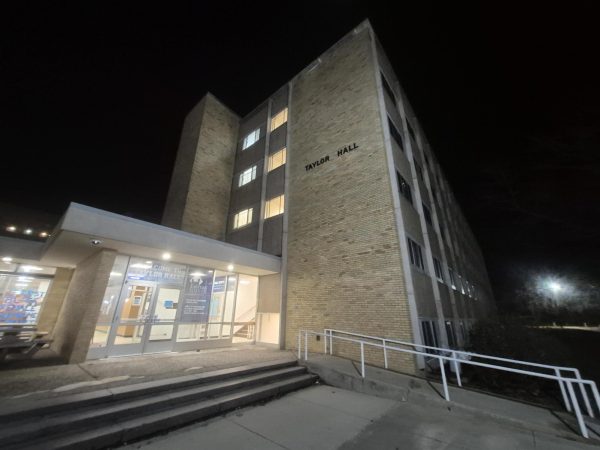Sociology professor studies poverty in Coles County
Hunger and poverty rates in Charleston have revealed percentages to an Eastern sociology professor, which has enabled him to assess the community.
Michael Gillespie, an assistant sociology professor, has done studies in the community to chart hunger in the Charleston community.
“I’m looking at different areas in the county and where rates of poverty are different compared to other areas,” he said.
Gillespie’s mapping will help to target services to certain areas of the county.
He uses census tracking to map where there are large concentrations of people who are food insecure, or below 185 percent of poverty.
“What we know based on these data is that there are definite pockets for concentrated areas in the county,” he said. “The southwest side of Mattoon and around campus in Charleston are where the pockets are in this area.”
Gillespie said a common misconception is that many students are food insecure.
“The area around campus is the poorest part of the county and has the highest concentration of people who are at risk of going hungry every day, whether they’re students or not,” he said.
The second highest area is north of the Charleston Square.
Gillespie said in his studies done over a five-year period from 2006 to 2012, Coles County (including Eastern students) has 38.25 percent of individuals that are food insecure.
This percentage translates into about 17,500 people of all ages.
If students are taken out of the equation, there is still a 36.74-percent food insecurity rate.
“People always think it’s the students, but it’s not,” he said. “Almost 40 percent of people who live here, whether they’re students or not, are at risk of not knowing where their next meal is coming from.”
Gillespie said this percentage affects how members of the Charleston community and Coles County live their daily lives.
“It’s not always an obvious thing, which makes it hard to help people,” he said.
Food insecurity has a trickle-down effect and can affect all parts of a person’s life and daily task performance, Gillespie said.
“This becomes an issue for everybody because it impacts how everyone relates to each other,” he said. “It’s one of the easiest things to help out with, too.”
Food drives and pantries are helpful because hunger is an easy problem to address, he said.
“It’s a ridiculous problem that (hunger) even exists,” he said. “Just having something to eat seems like a fundamental right.”
Unfortunately, hunger in Charleston and Coles County is a problem that will not be disappearing anytime soon, Gillespie said.
“Charleston and Coles County have a median household income of about $13,000 lower than surrounding communities and the state as a whole,” he said. “The unemployment rate here is actually lower than in the surrounding communities.”
This means that people are employed more often but are making less money, Gillespie said.
The next step of the problem is how Charleston and Coles County respond to the issue, Gillespie said.
“(Low unemployment and high poverty) are kind of a contradiction, but it will just perpetuate these problems,” he said. “Unfortunately, this problem isn’t going anywhere unless people really step up.”
Robyn Dexter can be reached at 581-2812 or redexter@eiu.edu.

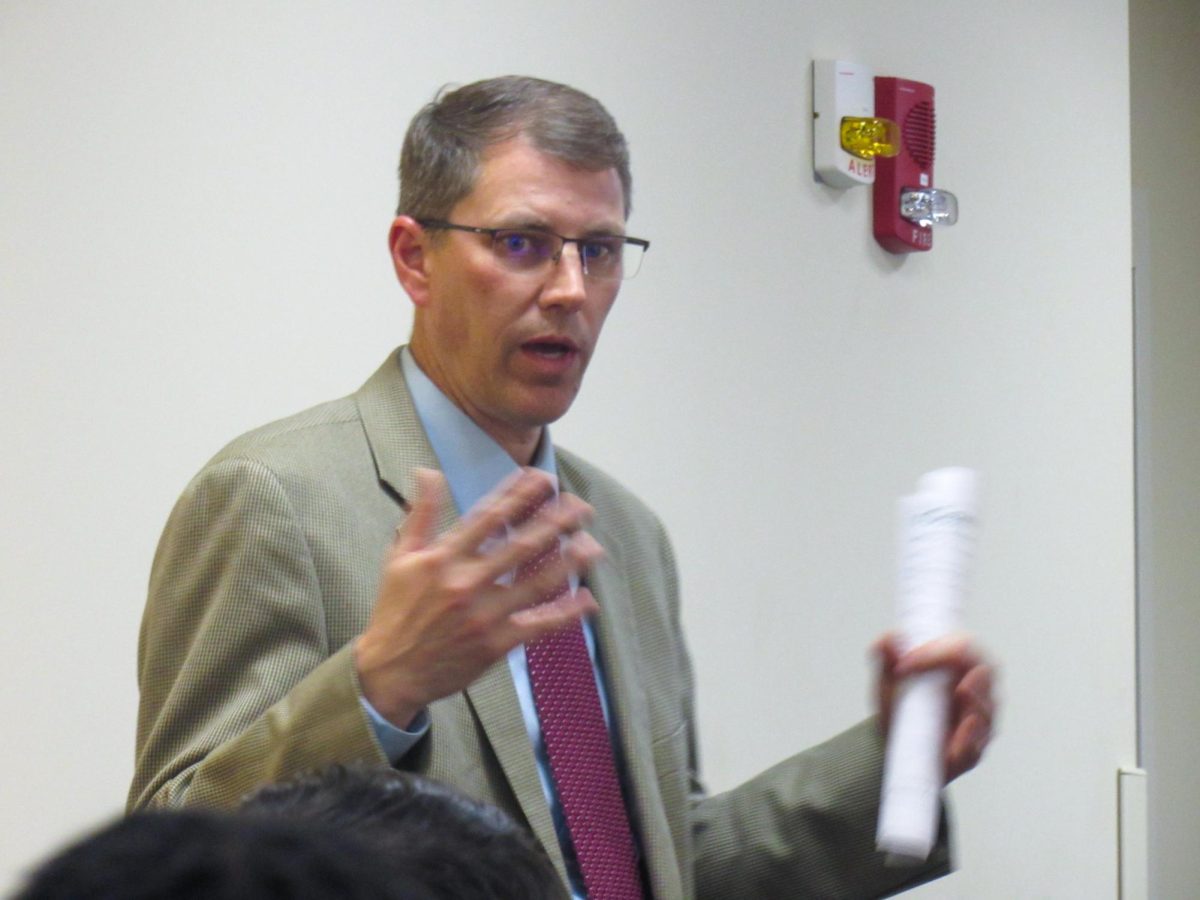
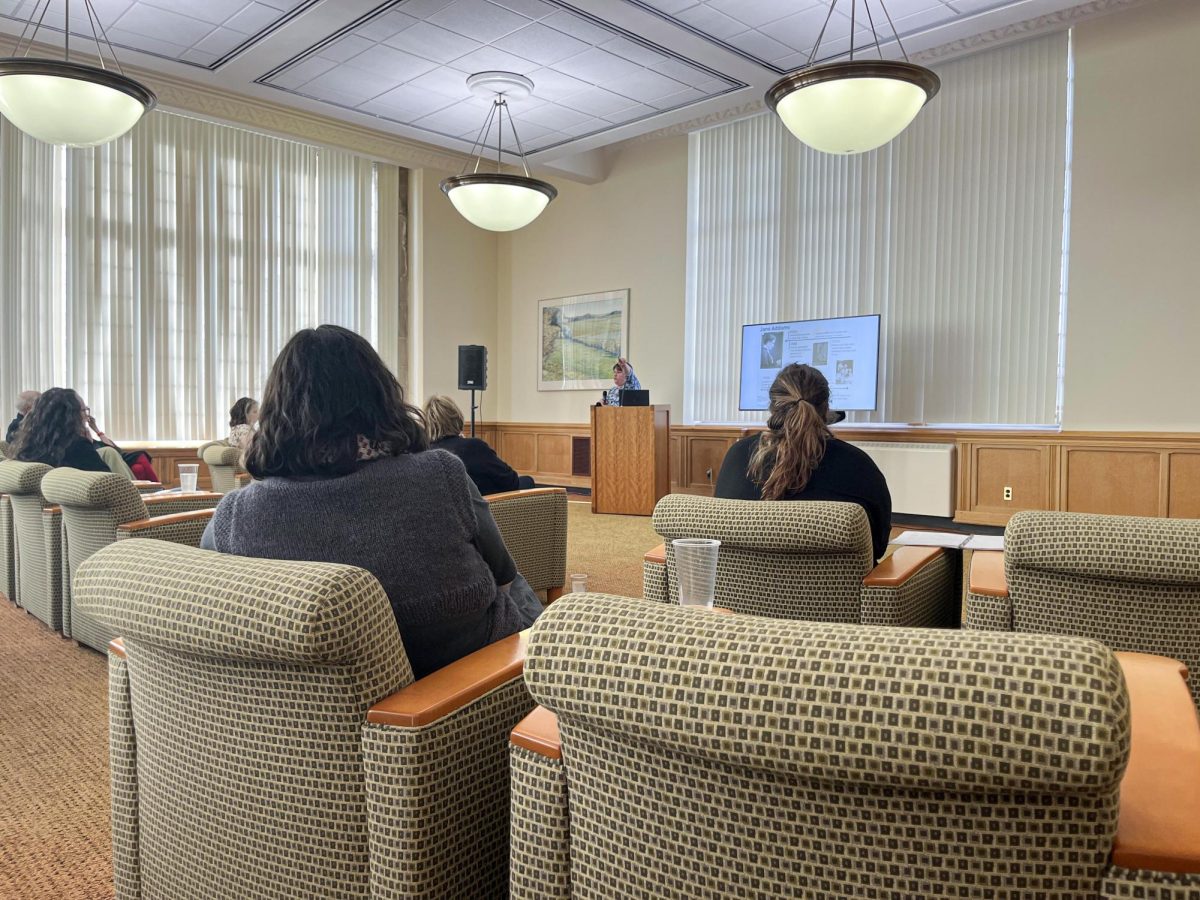


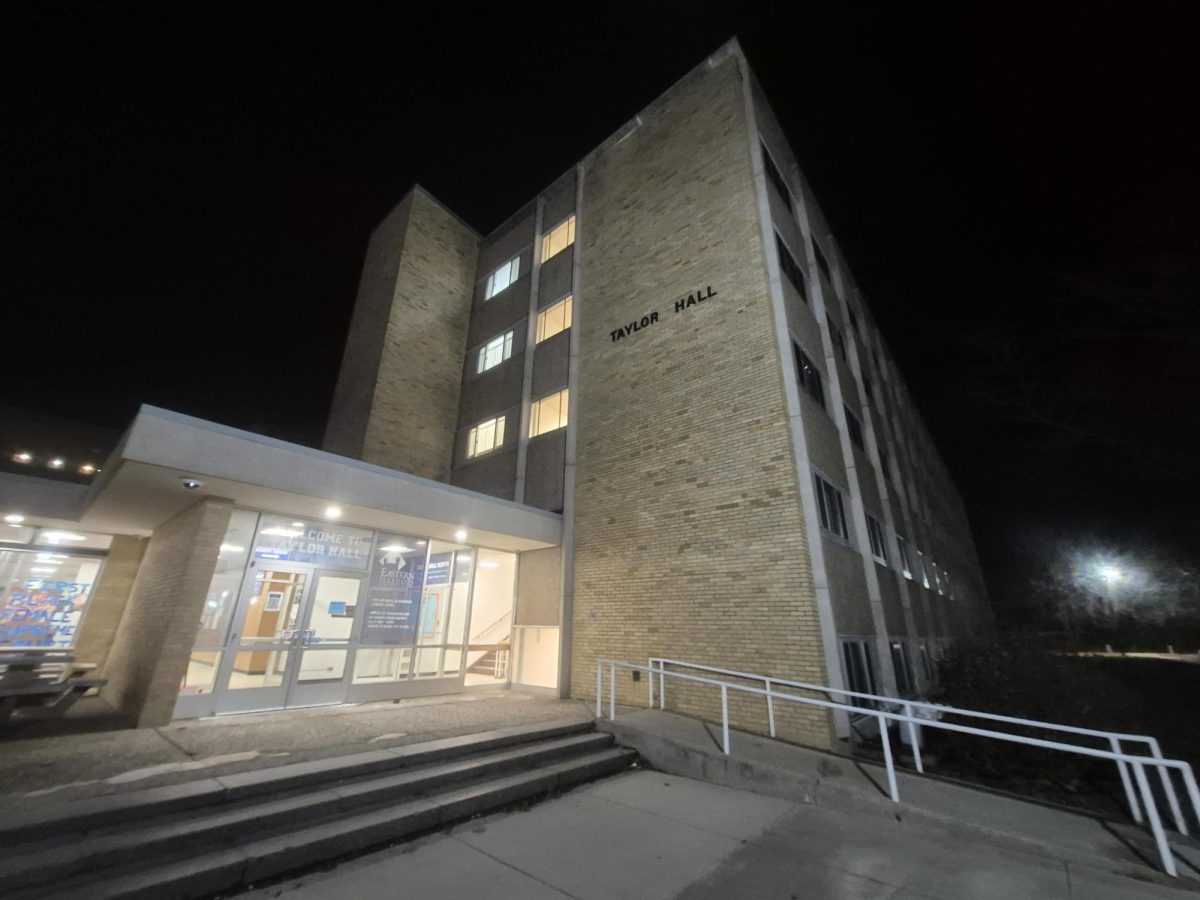



![[Thumbnail Edition] Eastern Illinois University baseball's hitting coach and recruiting coordinator Mike Pugliese urges players on the team to increase their effort after a slow start to its pregame routine at the team's first intrasquad scrimmage of the season at O'Brien Field on Jan. 31, 2025.](https://www.dailyeasternnews.com/wp-content/uploads/2025/03/BB_02_O-1-e1741909628540-1200x702.jpg)
![[Thumbnail Edition] Senior tennis player Luisa Renovales Salazar hits the tennis ball with her racket at the Darling Courts at the Eastern Illinois University campus in Charleston, ILL.](https://www.dailyeasternnews.com/wp-content/uploads/2025/03/Tennis_01_O-1-e1741807434552-1200x670.jpg)
![[Thumbnail Edition] Senior right-handed pitcher Tyler Conklin pitching in the Eastern Illinois University baseball team's intrasquad scrimmage at O'Brien Field in Charleston, Illinois on Jan. 31.](https://www.dailyeasternnews.com/wp-content/uploads/2025/03/TC_01_O-e1741567955534-1200x669.jpg)





![[Thumbnail Edition] Senior, forward Macy McGlone finds an open teammate to pass the ball too during the game against the Tennessee State Tigers 69-49, in Groniger Arena on the Eastern Illinois University campus, Charleston Ill.](https://www.dailyeasternnews.com/wp-content/uploads/2025/03/WBB_02_O-1-e1741228987440-1200x692.jpg)


















![E[Thumbnail Edition] Eastern Illinois softball freshman utility player Abbi Hatton deciding to throw the softball to home plate in a fielding drill during softball practice at the field house in Groniger arena on Tuesday Feb. 11.](https://www.dailyeasternnews.com/wp-content/uploads/2025/03/SB_03_O-e1741208880750-1-e1741209739187-1200x815.jpg)

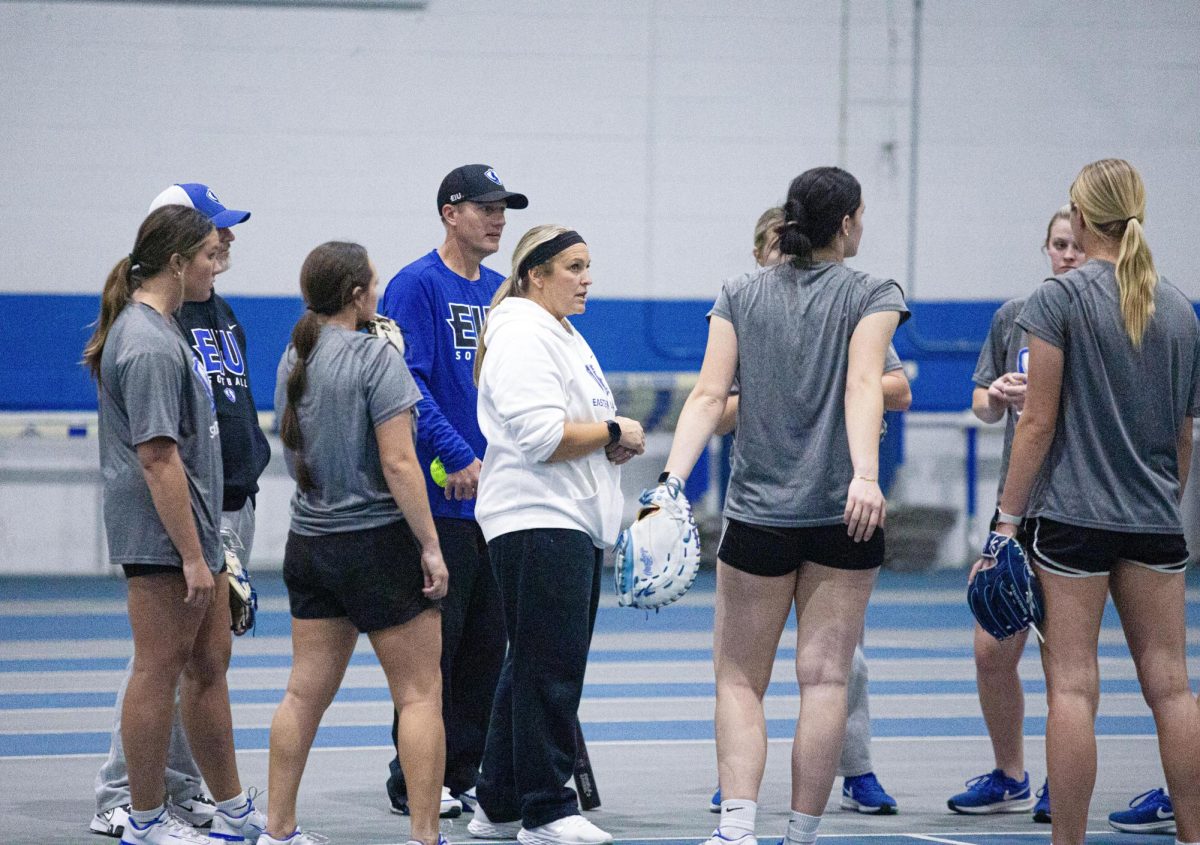













![The Weeklings lead guitarist John Merjave [Left] and guitarist Bob Burger [Right] perform "I Am the Walrus" at The Weeklings Beatles Bash concert in the Dvorak Concert Hall on Saturday.](https://www.dailyeasternnews.com/wp-content/uploads/2025/03/WL_01_O-1200x900.jpg)
![The team listens as its captain Patience Cox [Number 25] lectures to them about what's appropriate to talk about through practice during "The Wolves" on Thursday, March 6, in the Black Box Theatre in the Doudna Fine Arts Center in Charleston, Ill.](https://www.dailyeasternnews.com/wp-content/uploads/2025/03/WolvesPre-12-1200x800.jpg)





















